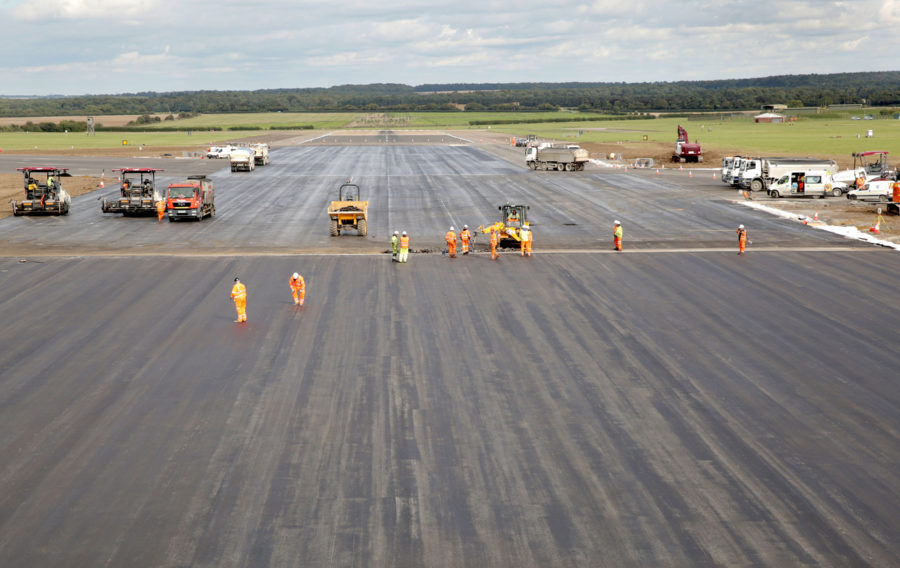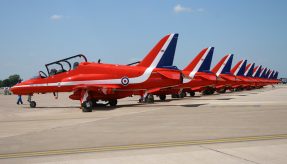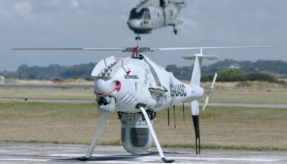
Preparations for the arrival of the UK’s new F-35 multi-role combat aircraft have taken a major step forward with the completion of resurfacing work on the secondary runway at RAF Marham.
The resurfacing work was undertaken by the Defence Infrastructure Organisation (DIO) through its contractors, a joint venture of Galliford Try and Lagan Construction. It forms part of a £250 million DIO programme of investment at the station and involves resurfacing about 90% of the airfield operating surfaces; all of this while the Tornado Force maintained operations from the airfield.
Resurfacing the 1,855m long runway required the construction of two batching plants to prepare the specific asphalt and concrete needed for the new surface. Preparing the materials on site increased efficiency.
RAF Marham is currently the home of the RAF’s Tornado fleet, which will begin operating from the runway immediately before being joined by the F-35s in due course. With the aircraft currently on operations it was important that this activity could be maintained without restriction. During the work, flying was only halted for three weeks while construction teams resurfaced an intersection between the main runway and the secondary runway. This was completed a day early despite poor weather.
The remainder of the work being undertaken at RAF Marham continues, including construction of three vertical landing pads to enable the F-35s to use their vertical landing capability and a squadron headquarters for 617 Squadron.
Rob Dawson, DIO’s Principal Project Manager, said: “The completion of the resurfacing of the secondary runway is one a series of milestones for the work DIO and our contractors are undertaking to prepare RAF Marham to be the main operating base for the new F-35B aircraft.
“Along with work being completed by our colleagues at Defence Equipment and Support, this investment will transform RAF Marham with a host of new and upgraded facilities for the aircraft and the men and women who will operate them.”
If you would like to join our community and read more articles like this then please click here.
Defence Infrastructure Organisation Galliford Try Lagan Construction RAF Marham







